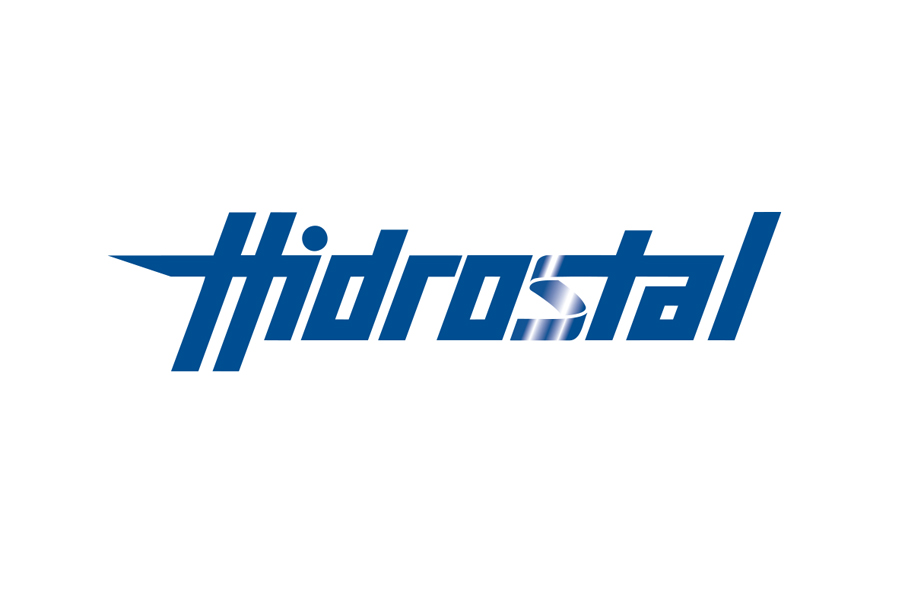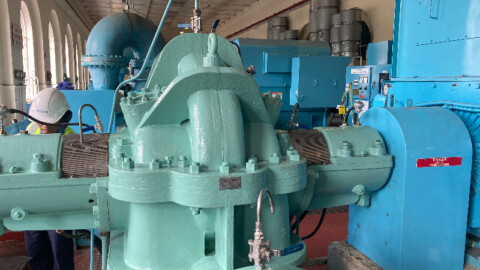Gosford City Council, on the New South Wales Central Coast, is currently investing between five and seven million dollars each year to improve the performance of many of its 185 sewage pump stations. Since 2009 over 40 of its ageing pump stations have been completely upgraded, refurbished or seen their pumps replaced, and works are either underway or planned at more than 20 other stations.

The major sewage pump station servicing the Gosford CBD has undergone a $2.6 million upgrade as part of the Council’s program.’
Program overview
The Council’s Sewage Pump Station Upgrade Program is an important part of its efforts to protect the local community and environment against sewer overflows and odours by improving the reliability, capacity and performance of the region’s sewer network.
“A number of pump stations have been operating for over 30 years. So the program’s first step was to carry out condition assessments at all 185 stations to identify those needing high-priority upgrade works,” says the Council’s Senior Project Delivery Engineer, Mark Losurdo, who is responsible for overseeing the program’s delivery.
“Replacing ageing parts and equipment, including each station’s pumps, is helping us improve current service levels across the network and cater for extra demand as the population grows.”
The program’s significant investment is also ensuring the Council’s pump stations continue operating to a standard that complies with the environment protection licence issued by the New South Wales Environment Protection Authority and does not pose a safety risk to operational staff or the community.
- Pump replacement works are a key part of fitting out and restoring the wet wells at many of the Council’s pump stations.
- Around 24 wet wells have been completely restored (including pump replacement works).
Pump replacement works
Over the past three years almost 65 pumps have been replaced at 40 pump stations as part of the Council’s program and a further 22 pumps across a number of other stations are expected to be replaced in the next twelve months.
“The pumps we’ve replaced so far have been operating for between 12 and 35 years,” Mr Losurdo explains.
“There’s certainly no ‘one pump fits all’ in our network. We operate a large number of pump stations due to the region’s diverse topography and widely distributed population and this means the size and number of pumps at any particular station also varies significantly.
“Many of our pump stations only service small populations and typically might operate two small 2.4kW pumps. On the other hand some of our pump stations service much larger suburbs and need to pump over high ridgelines. In cases like this up to four large 200 kW pumps are needed.”
Pump replacement works are a key part of the Council’s program, along with increasing the storage capacity of a number of pump stations, improving their odour control systems and upgrading electrical, telemetry and other mechanical components.
Earlier condition assessments showed each pump station has its own particular upgrade requirements but generally, the Council’s program mostly involves the replacement of existing centrifugal pumps with new similar pumps.
“Our preference has been to stick with submersible electric centrifugal pumps, mainly because of their reliability, cost effectiveness and low maintenance requirements. This approach has also given us the flexibility to introduce incremental increases to a pump’s capacity if needed,” Mr Losurdo says.
“Improvements with these pumps over time have seen a reduction in the amount of energy needed to pump the required duty and more sophisticated technology now allows us to monitor each pump’s performance more closely.”
To date the Council is pleased with the performance of the newly installed pumps.
Program challenges
“We expect the level of salt water that infiltrates our network, given its coastal location, has shortened the life of our existing pumps in many cases. This is an issue that we have looked to address when installing the new pumps and continue to tackle via other upgrade and rehabilitation works,” Mr Losurdo says.
“With the supply of new pumps there’s always the challenge of balancing project lead times around their delivery and making sure proper witness testing of their operation is completed before Council accepts them. Plus, by-passing each pump station while construction proceeds is always a delicate and complex process.”
Program status
Another pump station refurbishment has recently been completed. The construction of a new sewage pump station and the refurbishment/upgrade of five other stations is underway and expected to be completed this year.
Four other pump station projects will also start this year, and design activities for required works at another six stations are currently underway.
Gosford City Council’s Sewer Network (at a glance)
The Council transports, treats and disposes of sewage for:
- around 157,000 people
- over 65,000 residential properties
- around 3,000 businesses and public places
The Council transports the region’s sewage using:
- around 1,500 kilometres of sewer mains (primarily gravity based)
- over 180 sewage pump stations
The Council treats the region’s sewage at its two sewage treatment plants in Kincumber and Woy Woy.
The Council disposes of treated effluent via the Winney Bay ocean outfall between Copacabana and Avoca Beach.
More information is available at the Gosford City Council website.


















